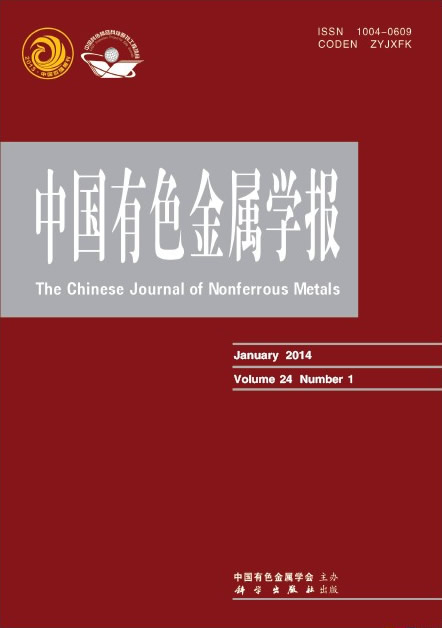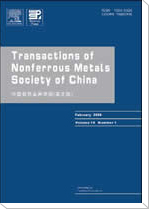(1. 福州大学 材料研究所,福州 350108;
2. 福州大学 材料科学与工程学院,福州 350108;
3. 福建工程学院 材料科学与工程学院,福州 350108)
摘 要: 采用基于密度泛函理论的平面波超软赝势方法和局域密度近似,研究Ru掺杂SnO2形成的Sn0.875Ru0.125O2复合氧化物电极的晶体结构和电子结构,比较掺杂前后体系的能带结构、电子态密度和载流子浓度。计算表明: Ru掺杂后SnO2的晶胞体积缩小,复合氧化物电极的能带结构、电子态密度和载流子浓度均发生显著变化,导致材料的导电类型呈现近金属特性,揭示Ru掺杂后SnO2导电性能显著增强的原因是导带底附近形成的杂质能级的贡献。
关键字: Sn基氧化物;Ru掺杂;第一性原理计算;电子结构;导电性能
(1. Institute for Materials Research, Fuzhou University, Fuzhou 350108, China;
2. College of Material Science and Engineering, Fuzhou University, Fuzhou 350108, China;
3. College of Materials Science and Engineering, Fujian University of technology, Fuzhou 350108, China)
Abstract:The lattice structure and the electronic properties of the composite oxide electrode, Sn0.875Ru0.125O2, formed by doping Ru into SnO2 were investigated with the ultra soft pseudo potential plane wave method and the local density approximation within density functional theory. The band structure, density of states and concentration of carrier of the Sn-based oxides before and after doping were compared. The results show that the cell volume of the system decreases and the band structure, density of states and concentration of carrier of the SnO2 all change significantly after Ru doping. All these changes lead to the similar metallic conductive mechanism of the Sn0.875Ru0.125O2. And then the physical essence of electronic structure changes leading to significant enhances of the conductive performance of the SnO2 doping Ru was revealed.
Key words: Sn-based oxides; Ru-doping; first-principles calculation; electronic structure; conductive performance


